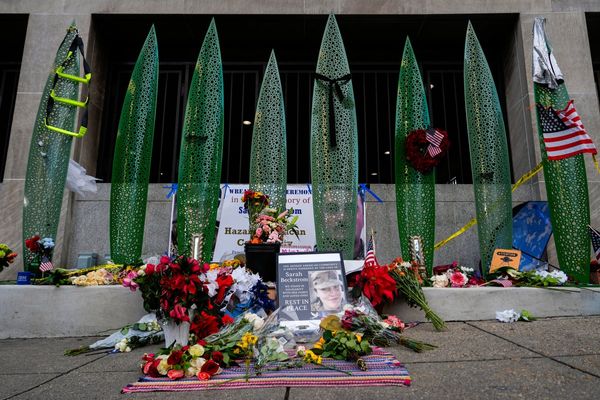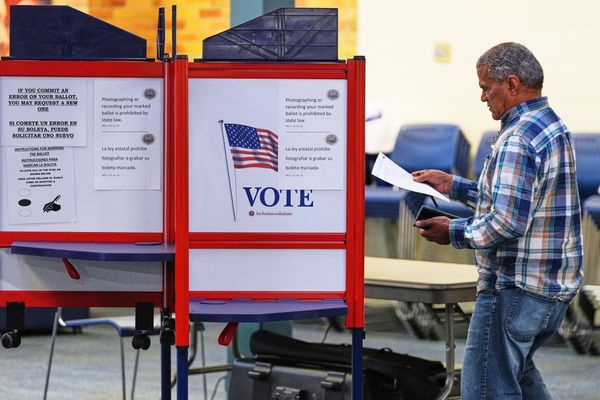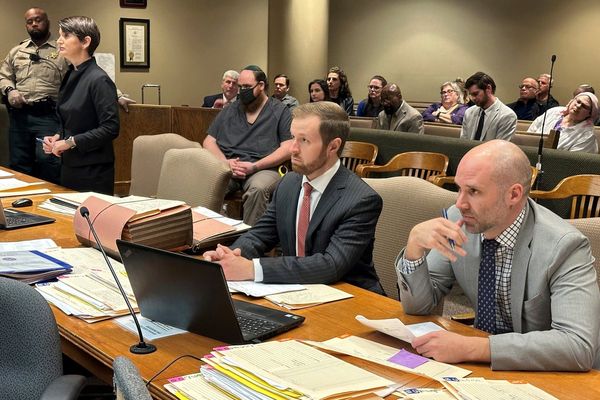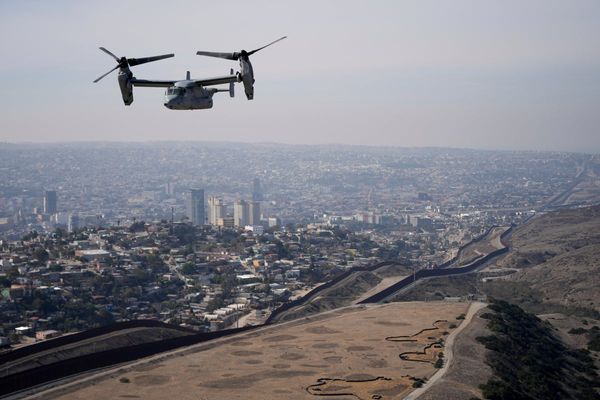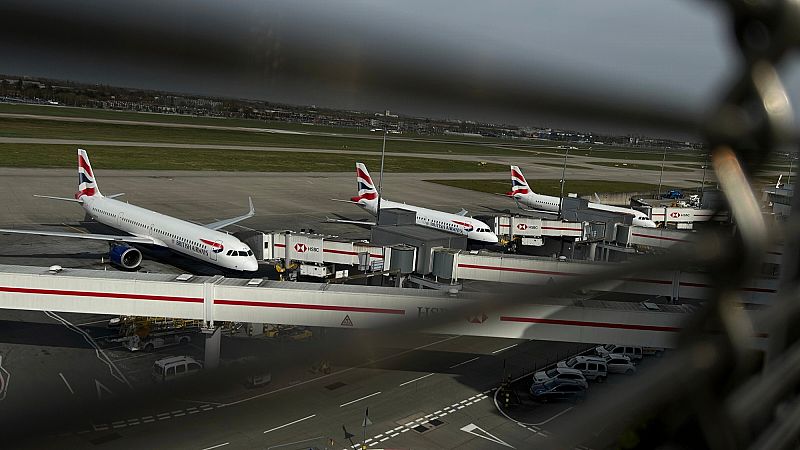
A technical issue briefly grounded and diverted flights in Britain on Wednesday before engineers were able to restore the system, the air traffic control operator said.
The UK's National Air Traffic Service (NATS) has said its systems are fully operational, with the outage only lasting 20 minutes.
Airports said it would take time for the disruption to clear, with many planes and crews out of position.
UK Transport Secretary Heidi Alexander said that "continued disruption is expected" and warned passengers to "check with individual airports for advice".
On Thursday morning, 10 flights to and from Heathrow Airport were cancelled, according to the airport's website.
Airline bosses slam NATS for air traffic control outages
The NATS system has suffered several software-related failures since it opened in 2002.
In August 2023, a glitch meant flight plans had to be processed manually, rather than automatically. Hundreds of flights were delayed or cancelled at the height of the summer holidays, and some 700,000 passengers were affected.
Budget airline Ryanair has called for NATS CEO Martin Rolfe to resign, blaming him for repeated air traffic control failures. The airline's chief operating officer, Neal McMahon, said it was "outrageous" that passengers were once again hit with delays and disruptions.
"Yet another ATC system failure has resulted in the closure of UK airspace meaning thousands of passengers’ travel plans have been disrupted. It is clear that no lessons have been learned since the August 2023 Nats system outage, and passengers continue to suffer as a result of Martin Rolfe’s incompetence," he said in a statement.
David Morgan, easyJet’s chief operating officer, said it was "extremely disappointing" that an ATC failure had "once again" caused delays and disruption at a busy time of year for travel.
"While our priority today is supporting our customers, we will want to understand from Nats what steps they are taking to ensure issues don’t continue."
What happened and where were flights affected?
NATS, said the glitch happened at its control centre at Swanwick, southwest of London, and required the service to limit the number of aircraft flying to ensure safety.
It said the issue was "radar related" and it had to reduce flights for safety reasons. More than 150 flights were cancelled and thousands more were grounded due to the technical glitch.
About 20 minutes after issuing an initial alert, the agency said engineers had fixed the problem and that it was “in the process of restoring normal operations.”
London's Gatwick Airport said the issue affected outbound flights across the UK. Some inbound flights were put into holding patterns or diverted.
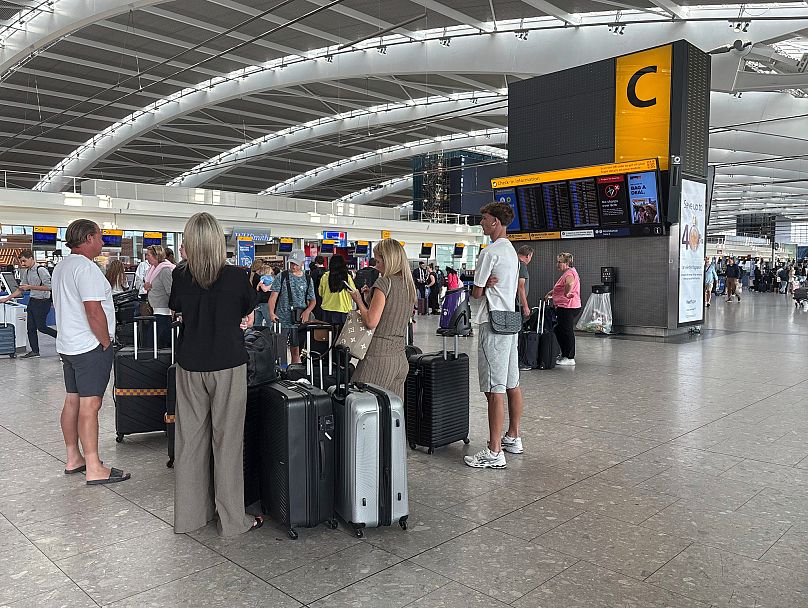
Stansted, another London-area airport, said “many departures and arrivals” were affected and advised passengers to check with their airlines.
British Airways said the problem forced it to reduce the rate of flights from 45 an hour to 32 an hour, for a period of more than two hours.
Some passengers faced major disruptions with little information on what had happened.
John Carr said it upended his flight to Norway for his brother’s wedding, where he is the best man and had to plan the rehearsal. He and a group of friends were having a meal in the Heathrow Airport when the departures monitor showed their flight had been cancelled.
“I’m pretty gutted,” Carr said. “There was no warning from (the airport) or the airline that said it was cancelled. It’s rubbish. There’s nothing we can do.”
What are your traveller rights if your flight was cancelled?
If your flight has been cancelled, your rights to a refund or compensation depend on the circumstances that caused the disruption and the type of travel insurance policy you have chosen.
Generally speaking, you are only entitled to compensation from an airline if your flight is delayed for more than 3 hours and if it was the airline’s fault," says Alicia Hempsted, travel insurance expert at MoneySuperMarket.
"This does not include things that are outside of the airline’s control though - for example, a security risk or bad weather conditions, or in this case, a technical issue."
While travellers can challenge the airline’s definition of extraordinary circumstances through the Civil Aviation Authority (CAA), it’s highly likely that an unprecedented technical outage would qualify. This means affected travellers should turn to their travel insurance rather than their airline.
If your policy includes travel disruption cover, then it may be possible to claim for disruption or losses incurred as a result of your trip being delayed or cancelled.
However, not all policies cover this as standard, and cover levels, conditions and exclusions can vary between providers, making it important to check with your insurer as your first port of call.
“It’s likely your insurers’ phone lines will be extremely busy, however, so in the meantime, be sure to save all receipts for any costs incurred, as you may need these to make a claim,” Hempsted adds.
